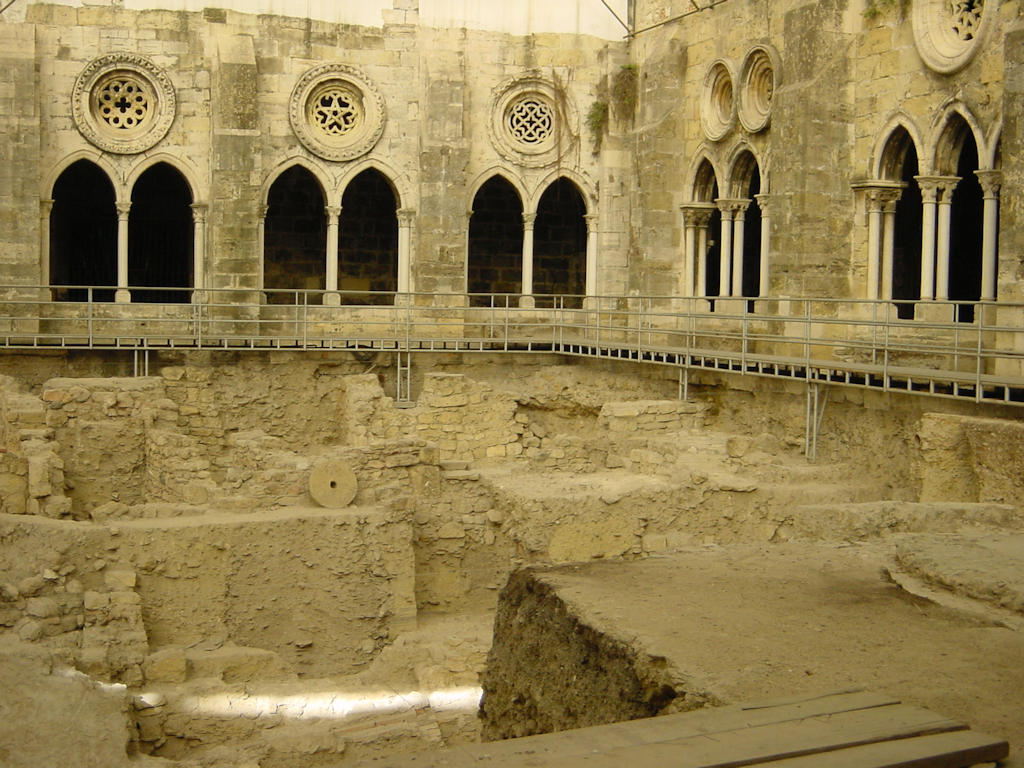Under Roman rule, Olisipo underwent significant urbanization and development. The Romans introduced architectural and engineering marvels, constructing bridges, aqueducts, theaters, and public buildings. The city's infrastructure flourished, transforming Olisipo into a bustling center of commerce, administration, and cultural exchange.
The Roman presence left a lasting impact on Olisipo's urban layout and architectural heritage. The grid-like street pattern and monumental structures mirrored the grandeur of Rome, reflecting the influence of Roman urban planning principles. The Theater of Olisipo, for instance, entertained the population with dramatic performances, showcasing the city's cultural vibrancy.
In addition to its urban development, Olisipo became a melting pot of cultures, attracting settlers and merchants from different corners of the Roman Empire. This cultural diversity enriched the city's social fabric, bringing forth an amalgamation of traditions, languages, and customs.
Lisbon.vip Recommends
The Roman occupation of Olisipo endured for several centuries, witnessing its fair share of historical events and political changes. The city became an important administrative center, serving as the capital of Lusitania, a Roman province encompassing much of modern-day Portugal.
Today, remnants of Roman Olisipo can still be observed in Lisbon. Archaeological excavations have unearthed Roman ruins, including thermal baths, mosaic floors, and fragments of city walls. The Roman Theater Museum showcases artifacts and provides insight into the Roman heritage of the city.
The establishment of Olisipo by the Romans marks a significant milestone in Lisbon's evolution. It symbolizes the city's ability to adapt and thrive under different civilizations, leaving an enduring legacy that intertwines ancient Roman roots with the vibrant and modern capital that Lisbon is today.



